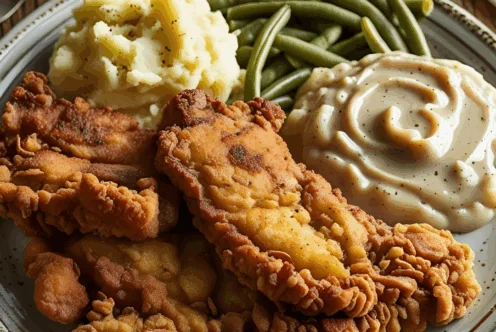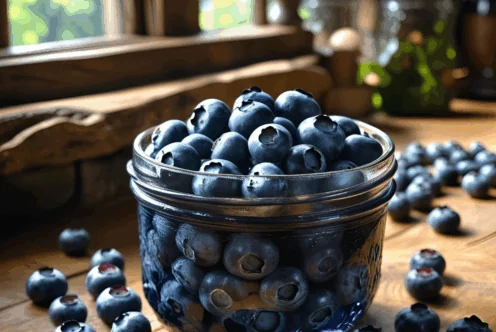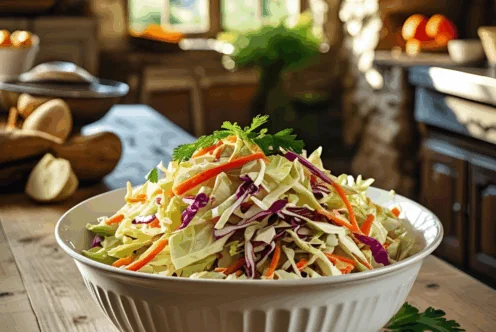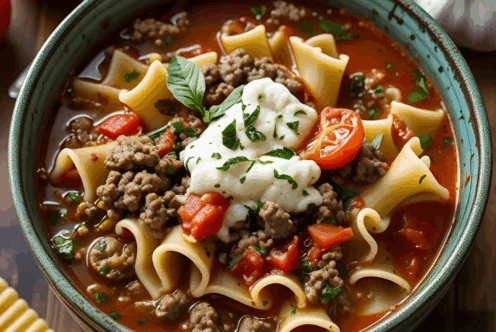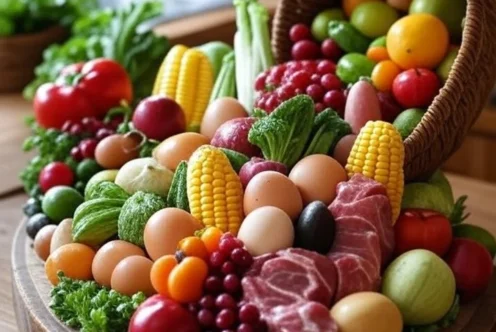Blog
Tips for Preparing Dinner Despite a Busy Schedule
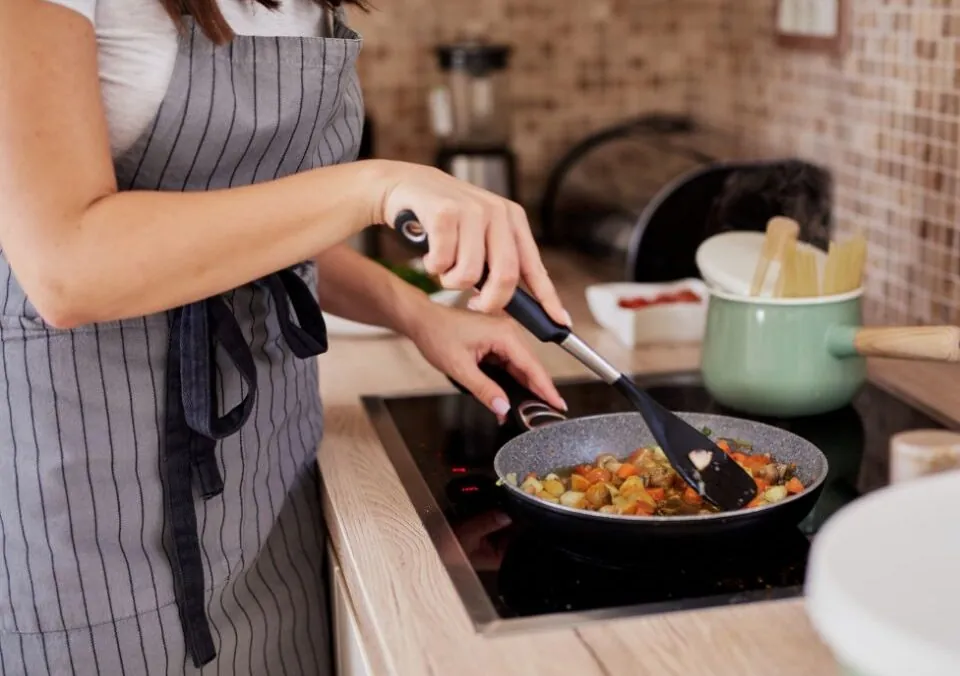
Now that school is back in full swing, alongside music lessons, sports practice, and various activities, finding the time to prepare and make homemade dinners can feel impossible. Sometimes, it seems easier to pull a frozen pizza out of the freezer, swing through a fast-food place, or order takeout. However, we all know that nothing beats a healthy, homemade dinner. With a few little tips and tricks, making dinner at home can actually be pretty easy, even on those hectic, busy days! Let’s break down some detailed strategies to keep your family’s meals nutritious without compromising on taste or time.
Keep Your Pantry Stocked
One of the best ways to get started with cooking homemade meals is to have ingredients readily available in your fridge, pantry, and freezer. Keeping these areas stocked with essential ingredients can do wonders for your meal prep. Here are some staples to consider incorporating:
Essential Pantry Staples
- Grains: Items like rice, quinoa, and oats serve as a versatile base for many dishes. They are easy to prepare and can be paired with various proteins and vegetables.
- Pasta: A favorite in many households, pasta is quick to cook and can be used in numerous recipes, from quick weekday meals to more elaborate dishes.
- Legumes: Beans and lentils are excellent sources of protein and fiber. Canned or dried beans can be added to soups, salads, or served as side dishes.
- Canned Goods: Stock up on canned tomatoes, coconut milk, and vegetable or chicken broth. These can easily enhance the flavors of your meals and provide a quick base for soups and stews.
- Frozen Vegetables and Fruits: These are a lifesaver for busy schedules. They are often flash-frozen at their peak ripeness, ensuring great flavor and nutrition. Use them in stir-fries, smoothies, or as a side dish.
- Healthy Snacks: Nuts, seeds, and whole-grain crackers can be perfect for quick snacks or additions to your meals.
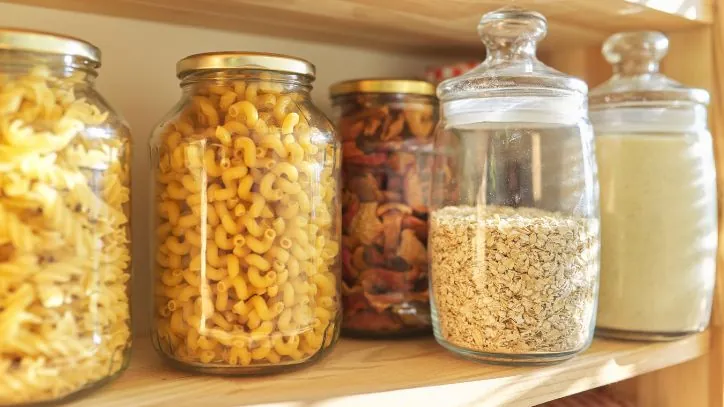
Being proactive about stocking your pantry prevents those last-minute trips to the grocery store and makes it easier to whip up a meal no matter how busy you are. Check out The Spruce Eats for more tips on stocking a pantry.
Buy in Bulk, Cook in Bulk
This tip is a game-changer! Many families can relate to the experience of coming home after a long day and not having a clue what to make for dinner. To avoid this stress, consider buying in bulk and preparing meals in advance.
Advantages of Bulk Cooking
- Cost-Efficiency: Purchasing ingredients like grains, meats, and canned goods in bulk can save money in the long run.
- Convenience: Cooking basic foods in large quantities—like potatoes, ground meat, or rice—then freezing portions for later use can significantly cut down on cooking time during the week.
- Variety: Once you cook in bulk, you can easily mix and match ingredients to create different meals. For instance, if you’ve cooked a large batch of chicken, you can use it in tacos, salads, or soups over several days.
Consider dedicating one or two days a month to bulk prep. After shopping, set aside time to cook meals or meal components. Freezing portions can also allow for quick reheating on busier days. For bulk cooking inspiration, visit Delish.
Store the Leftovers
After everyone has eaten and you get up to do the dishes, don’t just toss the leftovers! Keeping extras can be a lifesaver, especially for lunches or quick meals the next day.
Creative Ways to Use Leftovers
- Lunches: Leftovers can make for an easy lunch the next day. Pack a portion of the dinner into containers for quick grab-and-go meals.
- Reinventing Meals: Use leftover proteins in wraps or salads. For example, grilled chicken leftovers can easily make a delicious chicken salad.
- Soup Base: Use leftover vegetables and proteins to create hearty soups. Just add broth, and you’ll have a nutritious meal in no time!
- Freeze for Later: If you know you won’t eat the leftovers in the next few days, freeze them in portion-sized containers for future meals.
Proper storage is key to enjoying your leftovers. Invest in good-quality airtight containers to keep your food fresh. To learn more about storing leftovers safely, check out FoodSafety.gov.
Multitask
If it feels like you’re short on time, multitasking while cooking is your best option for still getting dinner on the table! Here are some effective ways to multitask in the kitchen:
Time-Saving Strategies
- Cooking Techniques: Start by cooking foods that take the longest; for example, put a pot of water on to boil for pasta while you prepare other ingredients.
- Chopping and Preparing: While your main dish is cooking, use that time to chop vegetables or prepare a salad. For instance, if you’re making stir-fry, slice the vegetables while the chicken or beef is marinating.
- Utilizing Kitchen Gadgets: Use tools like slow cookers, pressure cookers, or air fryers, which can save time and space. Set them up to cook while you handle other preparations.
By embracing multitasking, you can create delicious meals without feeling overwhelmed.
Save Recipes and Keep Track of Favorites
A common problem when making dinner is deciding what to cook! When you’re in a hurry, searching for and trying out a new recipe may not be feasible. Instead, consider these strategies for managing your meal ideas:
Organizing Meal Ideas
- Recipe Box or Digital Folder: Keep a physical or digital collection of recipes your family enjoys. You can create a digital file with links to recipes, or use apps to store pantry-friendly meals.
- Meal Planning: Spend some time each week to plan out your meals based on what ingredients you already have. This way, you can make a focused grocery list and minimize food waste.
- Recipe Rotation: Consider creating a rotating meal schedule. For example, designate certain types of meals for specific days. Taco Tuesdays, pasta nights, or pizza Fridays can make meal planning fun and easy.
- Family Favorites: Involve your family in the process by asking for their favorite meals to include. This engagement can also mean they’re more likely to eat and enjoy what’s served.
Setting up a meal plan can cut down decision fatigue during busy weeks. For more insight on meal planning, refer to EatingWell.
Make Use of Time-Saving Kitchen Tools
Investing in some time-saving kitchen gadgets can make meal prep easier and faster. Here’s a list of useful tools to consider:
- Slow Cooker or Instant Pot: These appliances allow you to set it and forget it, cooking meals over several hours with minimal supervision.
- Food Processor: Great for chopping vegetables quickly, which can save you a significant amount of time.
- Meal Prep Containers: Use compartmentalized containers to portion out meals or ingredients to save time during the week.
- Mandoline Slicer: Perfect for quickly slicing vegetables uniformly.
- Microwave Steamer: For quick, healthy vegetable sides, a steamer can save cooking time without sacrificing nutrition.
For more kitchen gadget recommendations, visit Good Housekeeping.
Quick Recipes for Busy Nights
While planning and prepping meals is essential, having a repertoire of quick and easy recipes can be a game changer. Here are three recipes that are perfect for busy nights:
1. One-Pan Chicken Stir-Fry
Ingredients:
- 1 lb Chicken breast, sliced
- 2 cups Mixed vegetables (fresh or frozen)
- 2 tbsp Soy sauce
- 1 tbsp Olive oil
- Garlic and ginger (to taste)
Instructions:
- Heat olive oil in a large pan over medium-high heat.
- Add chicken slices and cook until browned.
- Add garlic, ginger, and mixed vegetables; stir-fry for 5-7 minutes.
- Drizzle soy sauce over everything and stir well. Cook for another 2-3 minutes.
2. Quick Vegetable Soup
Ingredients:
- 1 can Diced tomatoes
- 4 cups Vegetable broth
- 2 cups Fresh or frozen vegetables
- 1 can Beans (any variety)
- Salt and pepper (to taste)
Instructions:
- In a large pot, combine diced tomatoes and vegetable broth, and bring to a simmer.
- Add in vegetables and beans. Simmer for 15-20 minutes until everything is cooked through.
- Season with salt and pepper, and serve warm.
3. Pasta Primavera
Ingredients:
- 8 oz Pasta (any type)
- 2 cups Mixed vegetables
- 2 tbsp Olive oil
- Parmesan cheese (to taste)
Instructions:
- Cook pasta according to package instructions.
- In a separate pan, heat olive oil and sauté vegetables until tender.
- Toss cooked pasta with sautéed vegetables and top with parmesan cheese before serving.
These simple recipes can be made in 20-30 minutes and can be altered based on whatever vegetables or proteins you have on hand. For more quick meal ideas, check out BBC Good Food.
Conclusion
By integrating these tips and strategies into your routine, preparing healthy, homemade dinners doesn’t have to feel like an overwhelming task. With a well-stocked pantry, smart meal prep, and a flexible approach to cooking, you can ensure your family enjoys nutritious meals, even during the busiest weeks.
Remember, consistency is key—a bit of planning goes a long way, and you may find that the more you practice, the easier it becomes. Hopefully, some of these tips help you to still prepare a healthy, delicious homemade dinner for your family despite your busy schedules! For delicious recipes and cooking advice, check out the Fill Your Plate recipes page and other blog articles.
By Heide Kennedy, Arizona Farm Bureau Communications Intern













